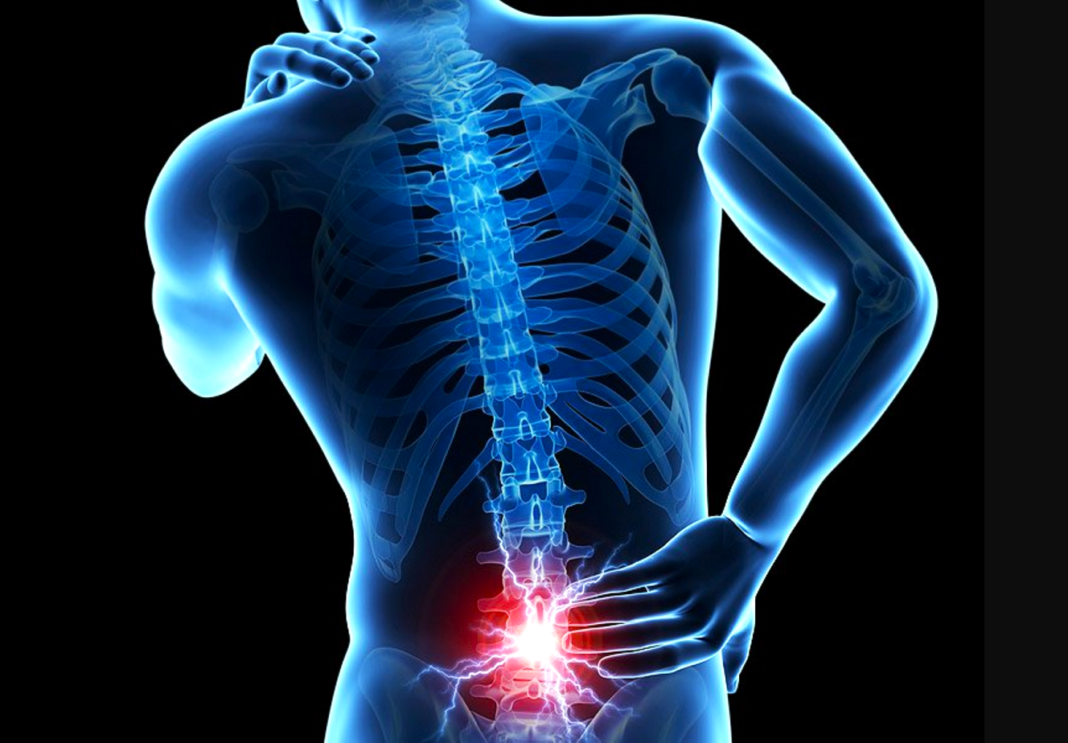The lower back injury is an epidemic. Because your lower back works so much, there are many possibilities for wrecking it. It’s estimated that 80% of people will suffer significant lower back pain at some time in their lives. Most of that pain won’t originate in a gym. Just the continuous stress of sitting, standing, and lying (and transitioning between the three) is enough to strain your lumbar region. But for those of us who regularly move heavy metal, our backs are in jeopardy in every workout.
Let’s focus on how to prevent and treat lower back injuries from lifting.
LOWER BACK INJURY PREVENTION
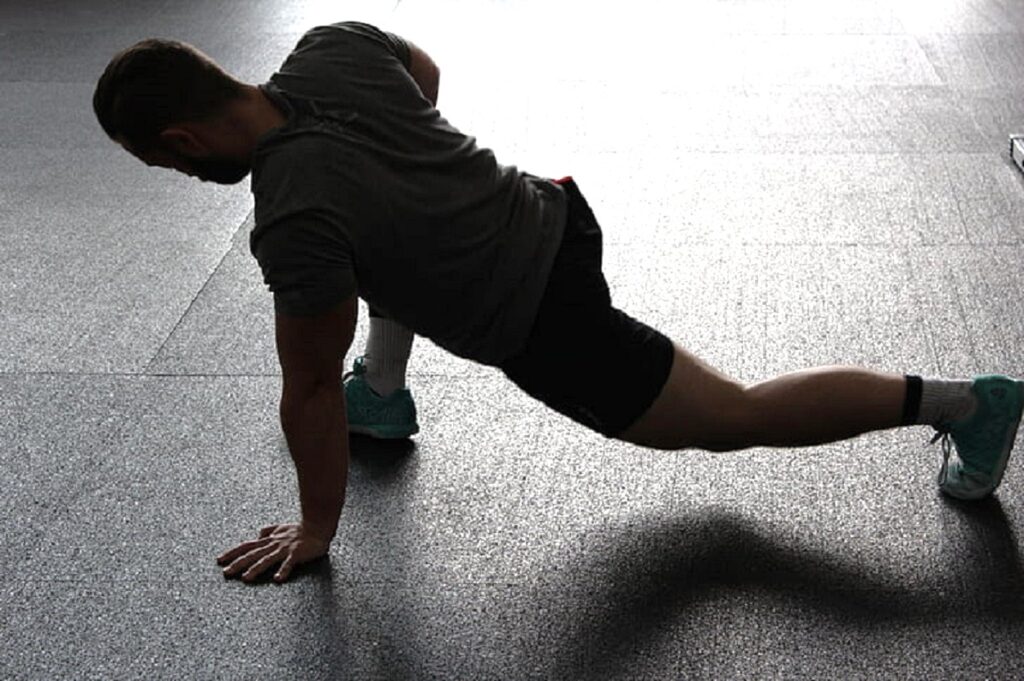
INSIDE THE GYM
STRETCH AND WARMUP
Always stretch and warmup properly before training. Dynamic stretching is a type of stretching that involves active movements of the muscles and joints to gradually increase the range of motion. It helps increase blood flow to the muscles, elevate heart rate and body temperature, and activate the nervous system, all of which contribute to improved muscle performance and reduced risk of injury during physical activity. It differs from static stretching, where you hold a stretch in one position for a period of time. Dynamic stretching is typically used as part of a warmup routine before exercising to prepare the body for movement and reduce the risk of injury. Incorporate dynamic stretches for your hamstrings, hip flexors, and lower back.
STRENGTHEN THE CORE
Strengthening your core muscles, including the muscles in your abdomen and lower back, can provide better support for your spine. Include exercises such as planks, bridges, and pelvic tilts.
STAY STRICT
Perform every exercise properly and strictly. Sloppy reps of a non-back exercise like squats or leg raises frequently strain lower backs.
BELT UP
Wear a weight-training belt during heavy standing exercises.
SIT DOWN
If you’re prone to any lower back strains, take a seat for exercises like shoulder presses (especially) and dumbbell curls. Choosing the seated version of an exercise, especially when the seat has a back, prevents the kind of swaying that can wreck your back when you’re trying to eke out the final reps.
STOP IF PAINED
Stop you’re workout if you ever feel an excessive or unnatural back strain.
OUTSIDE THE GYM
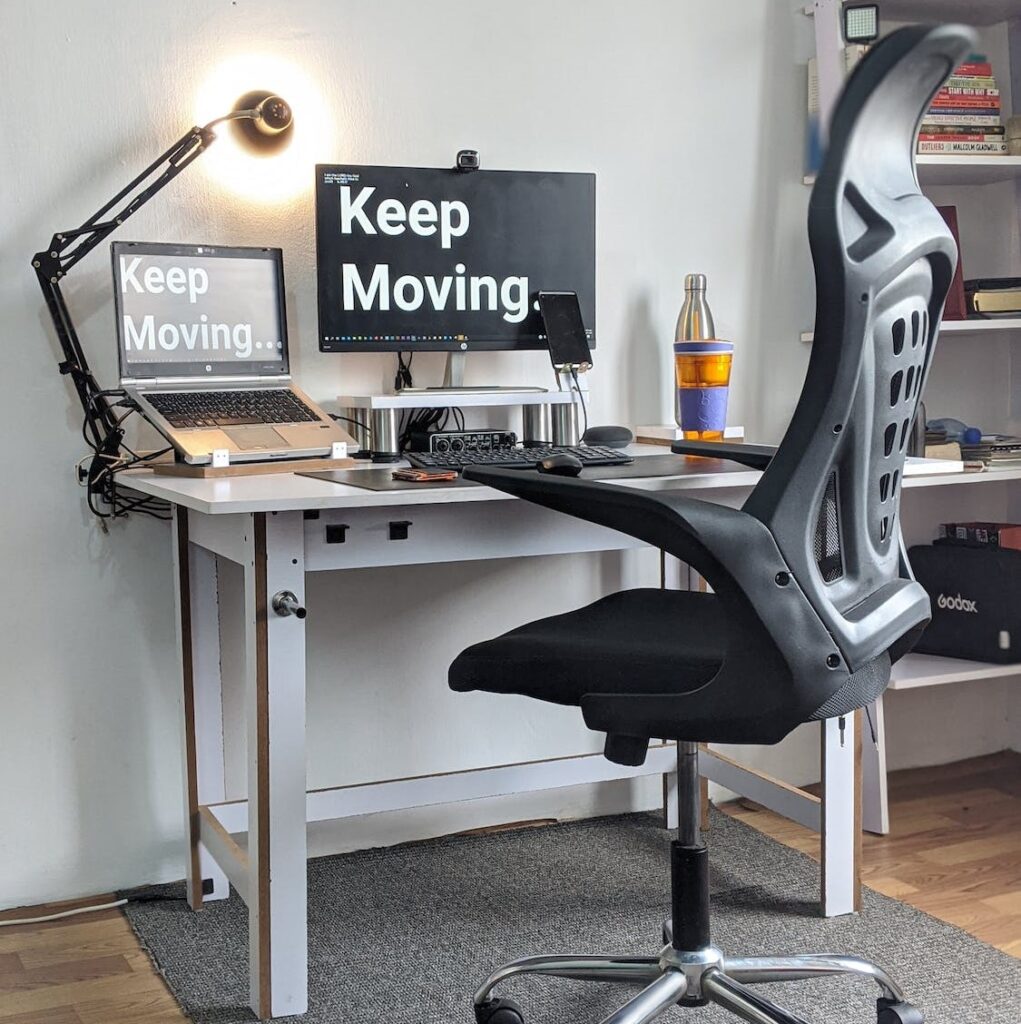
STAY ACTIVE
Engage in regular physical activity to strengthen the muscles that support your lower back. Include exercises that focus on the core, hips, and lower back. Avoid sitting or standing for extended periods without taking a break to either stand (if you were sitting) or sit (if you were standing).
PRACTICE GOOD POSTURE
Sit and stand with your shoulders back, your spine slightly arched and both feet firmly planted. Avoid slouching and be mindful of your posture throughout the day. Wearing shoes that provide proper arch support can help you maintain good, standing posture and reduce strain on your lower back.
USE ERGONOMIC FURNITURE
Ensure that your work chair, desk, and computer setup are ergonomically designed to support good posture and reduce strain on your lower back. Sleep on a firm mattress. It’s best for your back to lie on your side with your knees bent when sleeping.
LIFT SAFELY
When lifting heavy objects, use your legs and not your back. Bend your knees, tense your abs, keep the object close to your body, and lift with mostly your leg muscles rather than your back. Avoid movements that twist or overstretch your torso.
LISTEN TO YOUR BODY
Pay attention to any signs of discomfort or pain. If you experience persistent pain, consult with a healthcare professional.
LOWER BACK INJURY TYPES
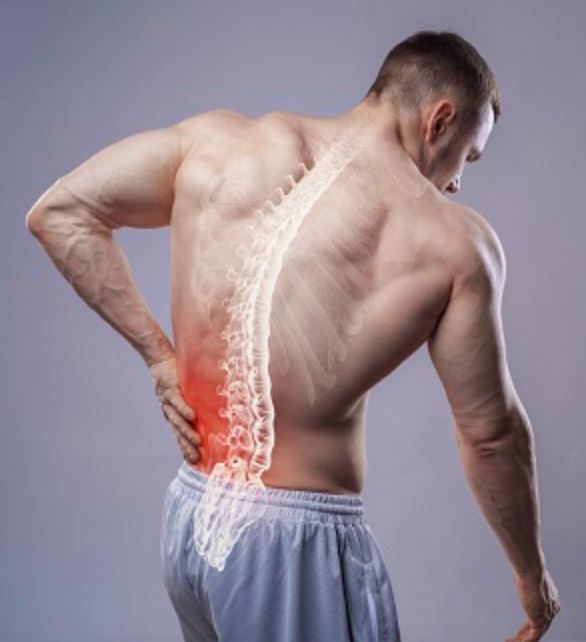
STRAINS AND SPRAINS
Symptoms: Pain, stiffness, muscle spasms
Treatment: Rest, ice, compression, elevation (RICE), over-the-counter pain relievers, and gentle stretching once the acute phase has passed
HERNIATED DISC
Symptoms: Sharp pain, numbness, tingling, or weakness in the legs
Treatment: Rest, anti-inflammatory medications, physical therapy, and in severe cases, surgical intervention may be considered
MUSCLE SPASMS
Symptoms: Sudden and involuntary contractions of the muscles
Treatment: Stretching, massage, heat therapy, and medications to relax spinal erector muscles
SCIATICA
Symptoms: Pain that radiates from the lower back down the butt and leg (the sciatic nerves originate in the lower spine and travel down the middle of buttocks and legs)
Treatment: Rest, physical therapy, anti-inflammatory medications, and in some cases, epidural steroid injections
FACET JOINT
Symptoms: Localized pain in the lower back
Treatment: Physical therapy, pain management techniques, and in some cases, facet joint injections
COMPRESSION FRACTURE
Symptoms: Sudden, severe back pain
Treatment: Rest, pain management, and in severe cases, bracing or surgery
LOWER BACK INJURY TREATMENT
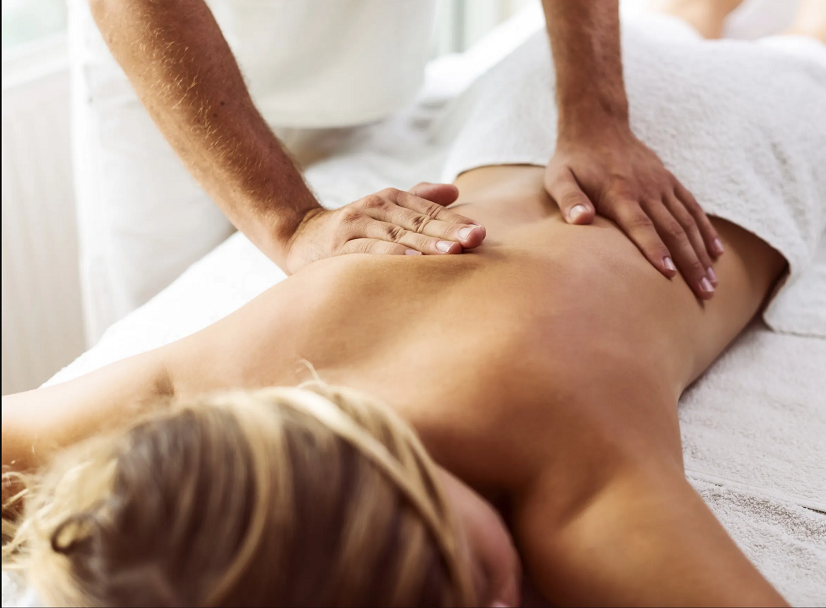
REST
Initially, it’s important to give your lower back time to heal. It may take up to three months. If the pain is acute, avoid training with weights entirely until it subsides, and then ease back into your regular workouts.
MODIFY ACTIVITIES
If you have a long-lasting pain associated with weight-training, try to pinpoint precisely which exercises are exacerbating the problem through a process of elimination. Often, the cause is not a back lift but something like leg presses or abdominal crunches which may stretch your lumbar region. Monitor your form carefully on every lift to make sure you’re focusing on the targeted muscle(s) and not your lower back. Alternately, avoid working out for two weeks. Outside the gym, modify your daily activities to reduce strain on the lower back.
COLD AND HEAT THERAPY
Apply ice packs in the first 48 hours to reduce inflammation. After that utilize heat therapy (warm compresses or heating pads) to relax the spinal erector muscles and promote blood flow.
PAIN RELIEF
Non-prescription pain relievers, such as acetaminophen (Tylenol) or nonsteroidal anti-inflammatory drugs (NSAIDs), can help manage pain and reduce inflammation. In some cases, your healthcare provider may prescribe stronger pain medications or muscle relaxants to manage pain and muscle spasms.
PHYSICAL THERAPY
A physical therapist can design a tailored exercise program to strengthen core muscles, improve flexibility, and correct posture. They may also use techniques like massage or joint mobilization.
CHIROPRACTIC CARE
Some people find relief from lower back pain through chiropractic adjustments, which focus on realigning the spine and joints.
INJECTION THERAPY
Injections, such as epidural steroid injections or nerve blocks, may be considered for more severe pain to reduce inflammation and provide temporary relief. These should be administered by a qualified healthcare professional.
BACK BRACE
In some cases, a back brace or support may be recommended to provide additional stability and support during the healing process.
MIND-BODY TECHNIQUES
There is a school of thought that back pain is linked to mental pain (stress, anxiety, depression). Techniques such as yoga, tai chi, and mindfulness meditation may help alleviate stress and tension, promoting overall well-being and potentially reducing lower back pain.
SURGICAL INTERVENTION
In severe cases where conservative treatments are ineffective, surgery may be considered.
Doctor’s Note: If back pain is ever acute, accompanied by fever or dizziness, or if you’re also suffering from numbness, tingling, or weakness in your legs, see a doctor immediately. Likewise, if minor pain persists for more than three months or keeps reoccurring, consult a doctor. A medical professional can provide proper diagnosis of the underlying cause of the pain and a personalized treatment plan.
LOWER BACK INJURY FROM LIFTING: CONCLUSION
Let’s return to the numbers: 80% of people will suffer from significant back pain at some time, and in 90% of those instances, the pain will alleviate within three months. So, almost everyone gets it and almost everyone gets rid of it. As we’ve discussed, there are ways to get rid of it faster, but the best treatment is prevention. Always use proper lifting technique, in and out of the gym.
Related content: Best Lower Back Workouts



































